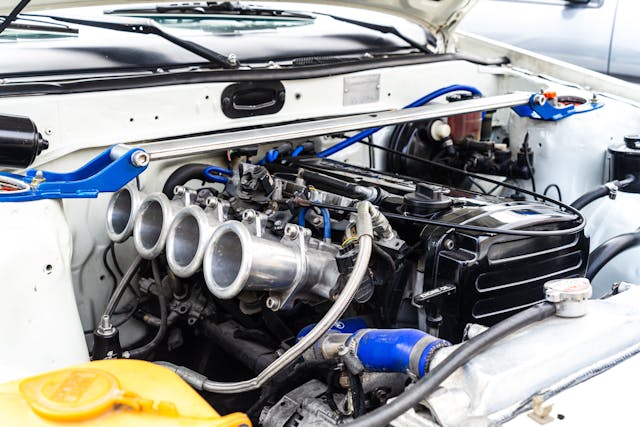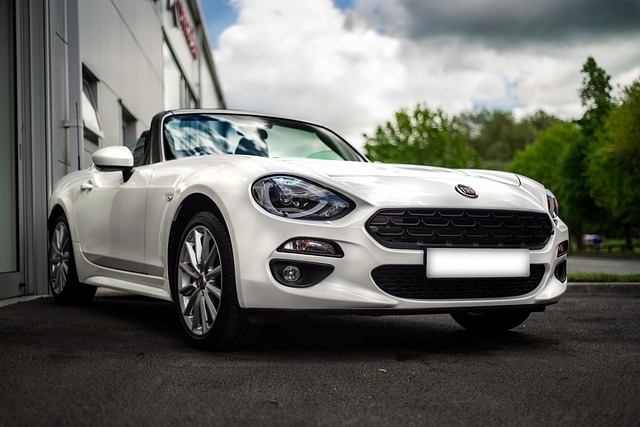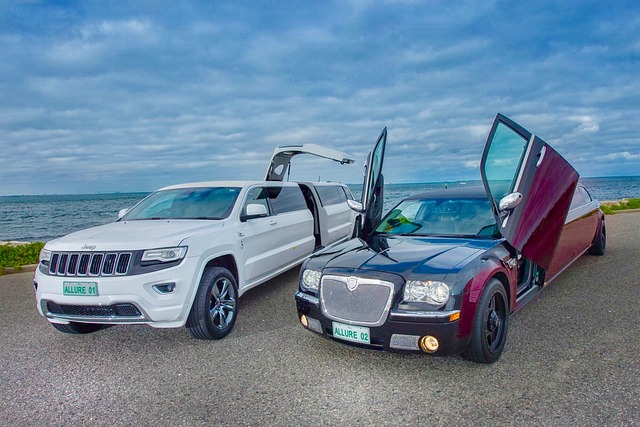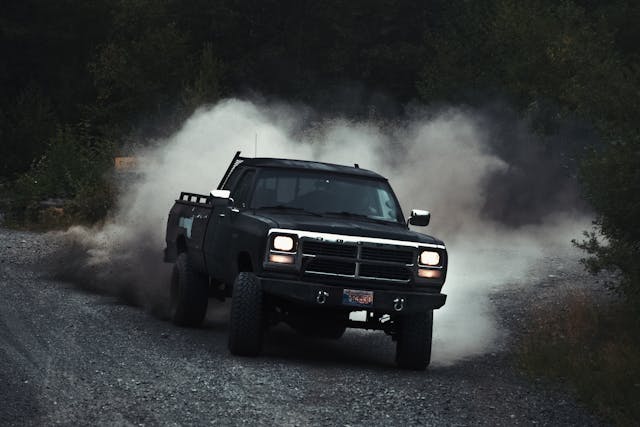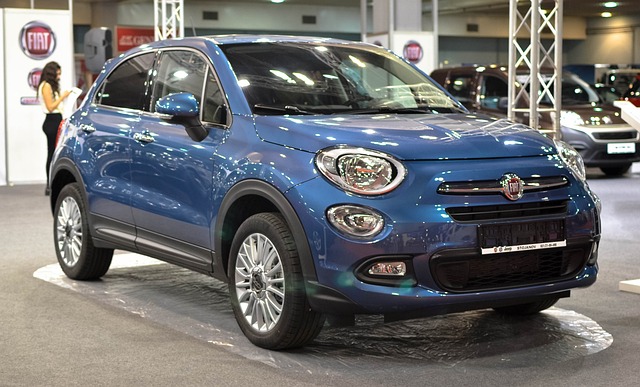2024 Jeep Grand Wagoneer.
Overview
The Grand Wagoneer SUV, which debuted in 2022, restored the moniker of what has become Jeep’s second most famous vehicle after the WWII Jeep. How many T-shirts, caps, Christmas cards, and other souvenirs have you seen featuring a picture of the iconic, boxy, wood-sided Grand Wagoneer, which went on sale in 1963 and lasted until the early 1990s? However, there is little familial resemblance between the old and modern Grand Wagoneers. Today’s Grand Wagoneer is substantially larger than its forerunner. It’s around two and a half feet longer, three and a half feet longer in the stretched L form.
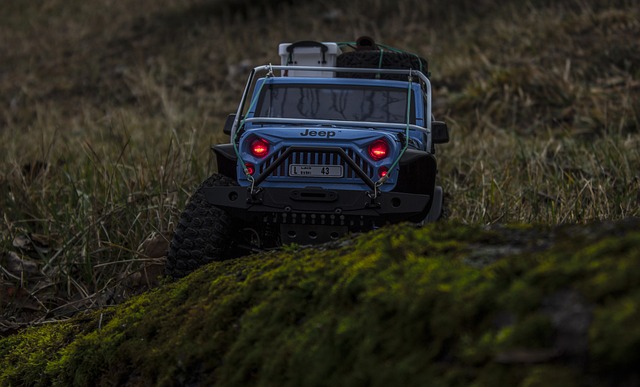
The previous GW could nearly fit inside the new model, which now has three luxurious rows of seats, making it the first three-row Jeep since the short-lived Commander. There’s also a degree of refinement that much exceeds that of previous models, placing this Jeep on par with comparable full-size luxury SUVs such as the Cadillac Escalade and Lincoln Navigator. Fuel economy hasn’t improved nearly as much, with the Grand Wagoneer still thirsty despite replacing its large V-8 with a turbocharged inline-six. Towing capacity, however, is enormous. If the GW’s similarly exorbitant price is off-putting, consider the less fancy Jeep Wagoneer, which has the same size and capacity but costs far less money.
What’s New in 2024?
For 2024, the Grand Wagoneer loses the Series II trim level, leaving the Series II Obsidian as the only option between the Series I and Series III. The Obsidian has a blackout exterior, but the Obsidian package may be added on the top-spec Series III to get the same appearance. Stellantis’ Hurricane engine, a twin-turbo 3.0-liter inline-six with 510 horsepower and 500 pound-feet of torque, is now standard on all Grand Wagoneer (and normal Wagoneer) vehicles; it was previously only available in the L trim level. The 6.4-liter Hemi V-8 has been discontinued.
Engine, Transmission and Performance
The Hurricane 510-hp twin-turbo 3.0-liter inline-six, which is now standard on all Grand Wagoneer models, is more powerful and somewhat more fuel efficient than the outgoing 6.4-liter V-8. It works with an eight-speed automatic gearbox. During our tests, the GWL hit 60 mph in 4.7 seconds. Quadra-Drive II, Jeep’s premier four-wheel-drive system, comes standard with a two-speed transfer case (with low range), hill-descent control, and an electrically locking rear differential. The Grand Wagoneer, like its domestic competitors, has body-on-frame underpinnings developed from the Ram 1500 pickup truck. However, the Jeep has an independent rear suspension rather than the truck’s solid back axle, which results in a smoother ride and better handling than the Ram.
The GW has air springs (optional on the normal Wagoneer) that may increase the ride height up to 3.6 inches or reduce it by half an inch. It also has 10 inches of ground clearance, up to two feet of water-fording capabilities, and a maximum towing capacity of 9860 pounds. After driving the Grand Wagoneer, we loved its comfortable and polished interstate ride; nevertheless, its pickup-truck chassis adds to a jiggly ride on less smooth terrain. Similarly, the huge SUV is unwieldy in tight areas and exhibits significant body roll on winding roads, which is compounded by its weak and imprecise steering feel.
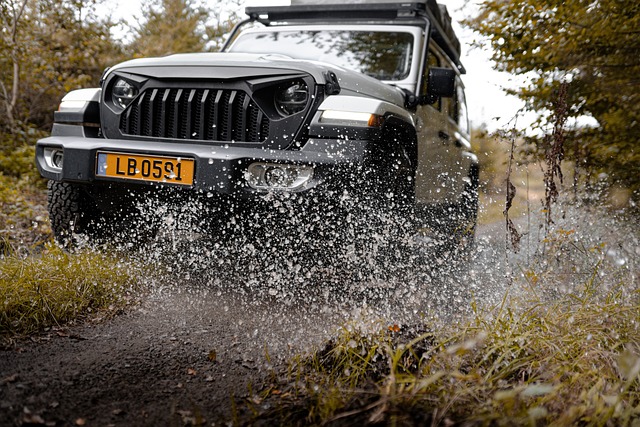
Fuel Efficiency and Real-World MPG
The 2024 Grand Wagoneer, normal or L, is rated at 17 mpg combined, with projections for 14 mpg in the city and 20 mpg on the interstate. The GWL completely matched its EPA estimate on our 75-mph interstate route, which is part of our rigorous testing process. Visit the EPA website to learn more about the Grand Wagoneer’s fuel efficiency.
Interior, Comfort and Cargo
Standard three-row seating for seven or eight people does not begin to explain the Grand Wagoneer’s interior, which has an adult-sized third row as well as an optional power-reclining backrest and skylight. A pair of second-row captain’s chairs are standard, however a bench seat is optional for increased passenger capacity. Don’t think you need the L version; its only benefit over the already-large regular model is more cargo room behind the third row: 44 cubic feet instead of 27.

Fold the rearmost seats in the L and you’ll have 89 cubic feet, when the basic GW has 71. Up front, there is genuine wood or aluminum trim, as well as screens all throughout. The interior also has “Easter eggs” inspired by the original Grand Wagoneer, such as an old-school two-spoke steering wheel and a “EST. 1963” inscription that appears on the edge of the dashboard when you open the door. This grandest of Wagoneers has variable ambient interior lighting, a head-up display, a camera-fed rearview mirror, and a rear-seat monitoring system with a video feed shown on the central tablet.

